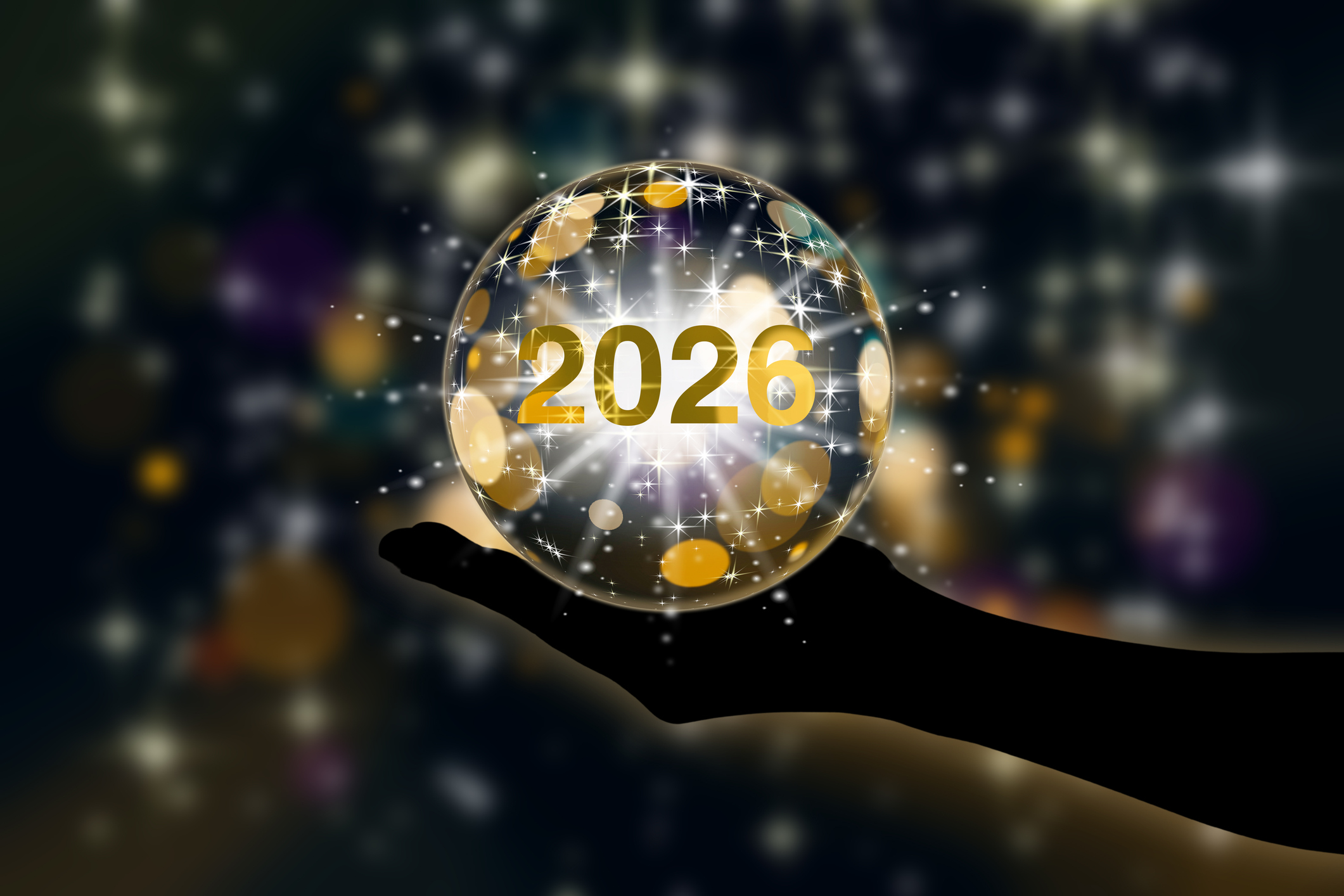If a firm has received goods from a supplier, along with an invoice that remains unpaid when the balance sheet is drawn up at, say, 31 December, the amount outstanding is recorded as a straightforward liability in the balance sheet the debt is a known amount that must be paid. Trickier is what to do about legal action started by, say, an unhappy client.
Although there may still be a liability for the firm to settle, it is contingent on the outcome of the case, as is the amount of any payment. But investors still need to know about it. So firms usually leave any related liability out of the balance sheet, but describe the problem in a written contingent liabilities note towards the back of the financial statements.
MoneyWeek
Subscribe to MoneyWeek today and get your first six magazine issues absolutely FREE

Sign up to Money Morning
Don't miss the latest investment and personal finances news, market analysis, plus money-saving tips with our free twice-daily newsletter
Don't miss the latest investment and personal finances news, market analysis, plus money-saving tips with our free twice-daily newsletter
Get the latest financial news, insights and expert analysis from our award-winning MoneyWeek team, to help you understand what really matters when it comes to your finances.
MoneyWeek is written by a team of experienced and award-winning journalists, plus expert columnists. As well as daily digital news and features, MoneyWeek also publishes a weekly magazine, covering investing and personal finance. From share tips, pensions, gold to practical investment tips - we provide a round-up to help you make money and keep it.
-
 My market predictions for 2026
My market predictions for 2026Opinion My 2026 predictions, from a supermarket merger to Dubai introducing an income tax and Britain’s journey back to the 1970s
-
 Where did house prices rise and fall the most in 2025?
Where did house prices rise and fall the most in 2025?Some parts of the UK have seen yearly property price growth of up to 12.6%, but others have seen values fall by as much as 8.9%, research shows.

